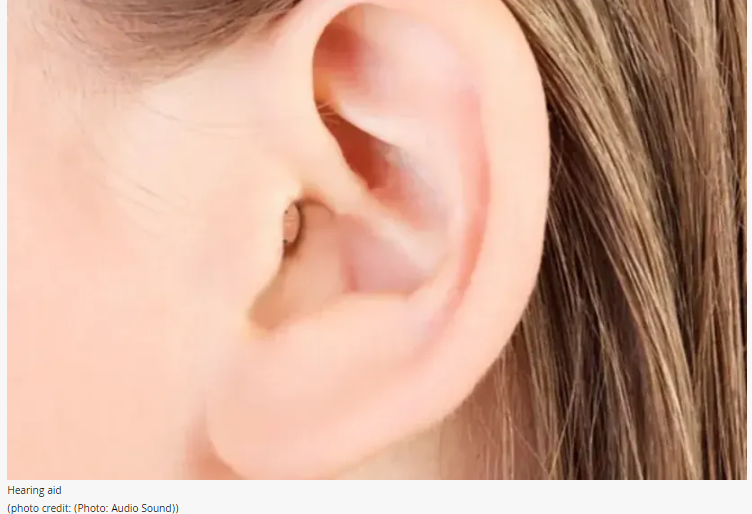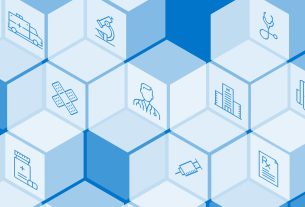|
Getting your Trinity Audio player ready...
|
While it’s not surprising to spot teens wearing headphones and earbuds, it’s also becoming a widespread trend among younger children around the world – and it endangers their hearing.
The Survey
“Over recent years, we’ve mostly been concerned about teens overusing audio devices, but earbuds have become increasingly popular and prevalent among younger kids, exposing them to more intense noise on a regular basis,” said pediatrician Dr. Susan Woolford, who co-directed the survey.
“Noise exposure risks to young children have historically involved loud singular events like concerts or fireworks, but parents may underestimate the potential harm from excessive use of listening devices.”
Effects of high-volume audio devices
Prolonged or extreme exposure to high volumes of noise can result in long-term health issues, including hearing loss or tinnitus (chronic ringing in the ears,) she warned. “Young children are more vulnerable to potential harm from noise exposure because their auditory systems are still developing. Their ear canals are also smaller than adults, intensifying perceived sound levels. Tiny hair cells inside the inner ear pick up sound waves to help you hear. When these get damaged or die, hearing loss is irreversible.”
Tips to reduce risk
Woolford offers four tips to reduce risks of noise exposure to children through headphones and earbuds:
Parents can also limit their child’s risk by setting specific hours for audio device use or using a timer to keep track. Use noise-cancelling or volume-limiting headphones
Parents should consider the risk of noise exposure when purchasing audio devices for their child by checking the information on device packages to identify products that limit the volume, but some products marketed as “kid-safe,” Woolford warned, don’t limit the volume to 70 decibels.
How to avoid hearing loss
Personal audio devices should also be avoided when children are sleeping or at bedtime, Woolford said. Be mindful of early signs of hearing loss. If parents feel their child may be at risk of hearing loss due to using audio devices, Woolford recommends checking with a pediatrician, an audiologist, or an ear-nose-and-throat specialist.
“Early signs of hearing loss may include asking for repetition, hearing ringing noises often, speaking loudly to people nearby, delayed speech, or lack of reaction to loud noises,” Woolford concluded. “Healthcare providers may be of assistance to parents by offering a simple explanation about hearing loss to help the child understand the reasons for limiting their use of audio devices.”



